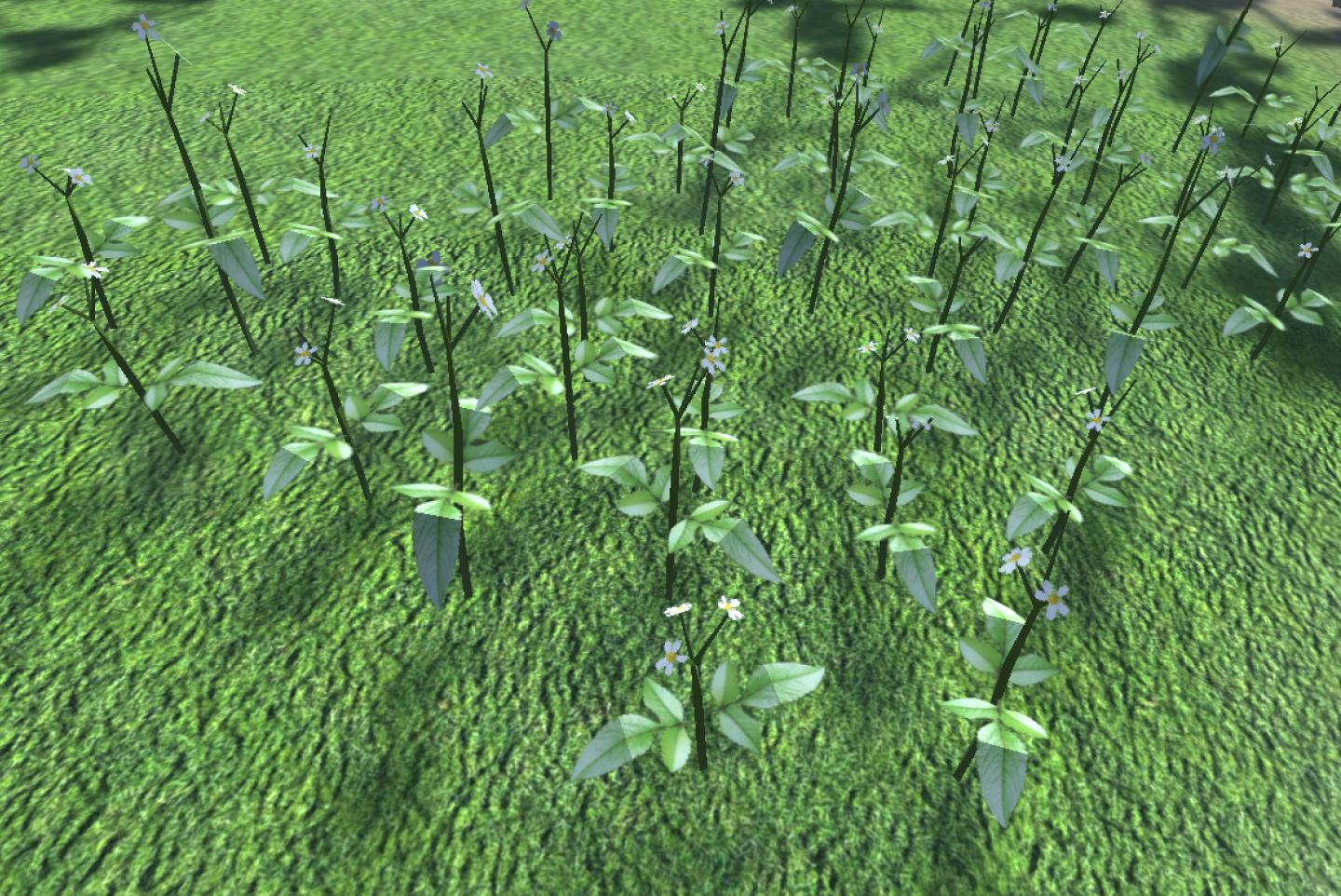Players explore and search for butterflies using knowledge gained through gameplay

Credit: Alban Delamarre
Gaming and virtual reality (VR) could bridge the gap between urban societies and nature, thereby paving the way to insect conservation by the means of education, curiosity and life-like participation.
This is what Florida International University’s team of computer scientist Alban Delamarre and biologist Dr Jaeson Clayborn strive to achieve by developing a VR game (desktop version also available) dedicated to insect and plant species. Focused on imperiled butterflies, their innovative idea: Butterfly World 1.0, is described in the open-access journal Rethinking Ecology.
Butterfly World 1.0 is an adventure game designed to engage its users in simulated exploration and education. Set in the subtropical dry forest of the Florida Keys (an archipelago situated off the southern coast of Florida, USA), Butterfly World draws the players into an immersive virtual environment where they learn about relationships between butterflies, plants, and invasive species. While exploring the set, they interact with and learn about the federally endangered Schaus’ swallowtail butterfly, the invasive graceful twig ant, native and exotic plants, and several other butterflies inhabiting the dry forest ecosystem. Other nature-related VR experiences, including conservation awareness and educational programs, rely on passive observations with minimal direct interactions between participants and the virtual environment.
According to the authors, virtual reality and serious gaming are “the new frontiers in environmental education” and “present a unique opportunity to interact with and learn about different species and ecosystems”.
The major advantage is that this type of interactive, computer-generated experience allows for people to observe phenomena otherwise impossible or difficult to witness, such as forest succession over long periods of time, rare butterflies in tropical dry forests, or the effects of invasive species against native wildlife.
“Imagine if, instead of opening a textbook, students could open their eyes to a virtual world. We live in a time where experiential learning and stories about different species matter, because how we feel about and connect with these species will determine their continued existence in the present and future. While technology cannot replace actual exposure to the environment, it can provide similar, near-realistic experiences when appropriately implemented,” say the scientists.
In conclusion, Delamarre and Clayborn note that the purpose of Butterfly World is to build knowledge, reawaken latent curiosity, and cultivate empathy for insect and ecosystem conservation.
###
The game is accessible online at: http://ocelot.
Original source:
Clayborn J, Delamarre A (2019) Living room conservation: a virtual way to engage participants in insect conservation. Rethinking Ecology 4: 31-43. https:/
Contacts:
Dr Jaeson Clayborn
Email: [email protected]
Alban Delamarre
Email: [email protected]
Media Contact
Jaeson Clayborn
[email protected]
Related Journal Article
http://dx.




